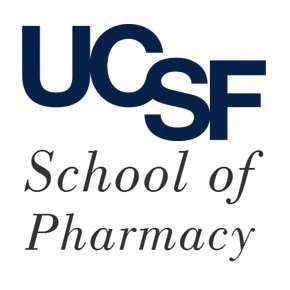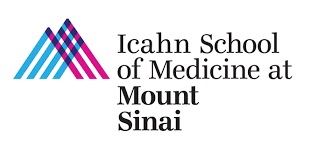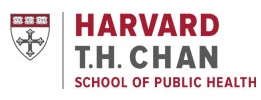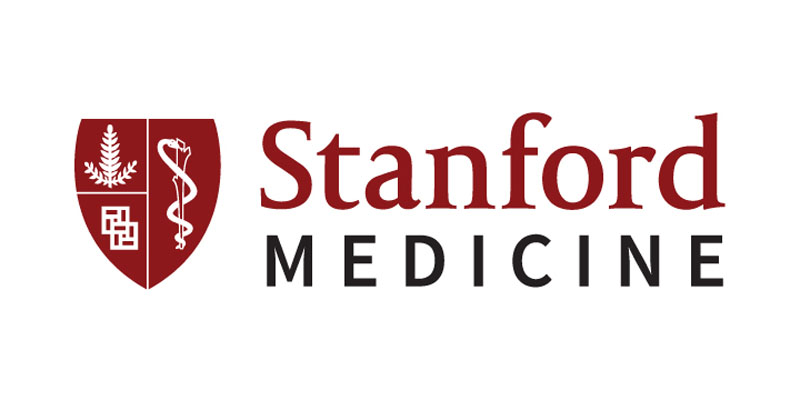Submitted by ja607 on
| Title | Identification of rare-disease genes using blood transcriptome sequencing and large control cohorts. |
| Publication Type | Journal Article |
| Year of Publication | 2019 |
| Authors | Frésard, L, Smail, C, Ferraro, NM, Teran, NA, Li, X, Smith, KS, Bonner, D, Kernohan, KD, Marwaha, S, Zappala, Z, Balliu, B, Davis, JR, Liu, B, Prybol, CJ, Kohler, JN, Zastrow, DB, Reuter, CM, Fisk, DG, Grove, ME, Davidson, JM, Hartley, T, Joshi, R, Strober, BJ, Utiramerur, S, Lind, L, Ingelsson, E, Battle, A, Bejerano, G, Bernstein, JA, Ashley, EA, Boycott, KM, Merker, JD, Wheeler, MT, Montgomery, SB |
| Corporate Authors | Undiagnosed Diseases Network, Care4Rare Canada Consortium |
| Journal | Nat Med |
| Volume | 25 |
| Issue | 6 |
| Pagination | 911-919 |
| Date Published | 2019 06 |
| ISSN | 1546-170X |
| Keywords | Acid Ceramidase, Case-Control Studies, Child, Child, Preschool, Cohort Studies, Female, Genetic Variation, Humans, Male, Models, Genetic, Mutation, Oxidoreductases Acting on CH-CH Group Donors, Potassium Channels, Rare Diseases, RNA, RNA Splicing, Sequence Analysis, RNA, Whole Exome Sequencing |
| Abstract | It is estimated that 350 million individuals worldwide suffer from rare diseases, which are predominantly caused by mutation in a single gene. The current molecular diagnostic rate is estimated at 50%, with whole-exome sequencing (WES) among the most successful approaches. For patients in whom WES is uninformative, RNA sequencing (RNA-seq) has shown diagnostic utility in specific tissues and diseases. This includes muscle biopsies from patients with undiagnosed rare muscle disorders, and cultured fibroblasts from patients with mitochondrial disorders. However, for many individuals, biopsies are not performed for clinical care, and tissues are difficult to access. We sought to assess the utility of RNA-seq from blood as a diagnostic tool for rare diseases of different pathophysiologies. We generated whole-blood RNA-seq from 94 individuals with undiagnosed rare diseases spanning 16 diverse disease categories. We developed a robust approach to compare data from these individuals with large sets of RNA-seq data for controls (n = 1,594 unrelated controls and n = 49 family members) and demonstrated the impacts of expression, splicing, gene and variant filtering strategies on disease gene identification. Across our cohort, we observed that RNA-seq yields a 7.5% diagnostic rate, and an additional 16.7% with improved candidate gene resolution. |
| DOI | 10.1038/s41591-019-0457-8 |
| Alternate Journal | Nat. Med. |
| PubMed ID | 31160820 |
| PubMed Central ID | PMC6634302 |
| Grant List | R01 HG008150 / HG / NHGRI NIH HHS / United States U01 HG007708 / HG / NHGRI NIH HHS / United States U01 HG010218 / HG / NHGRI NIH HHS / United States U01 HG009080 / HG / NHGRI NIH HHS / United States T32 HG000044 / HG / NHGRI NIH HHS / United States T32 LM012409 / LM / NLM NIH HHS / United States |





